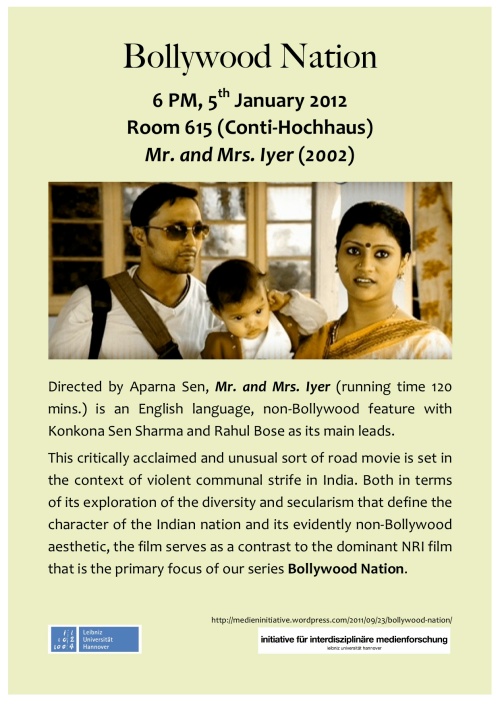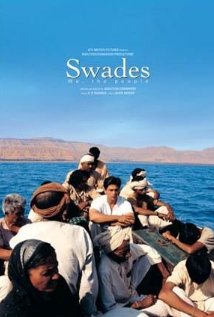Frankenstein films have always been as much about the technological animation of a monster as they are about the medium’s own ability to animate still images. In all of its renderings, Frankenstein also carries traces of the gendered struggles encoded by its first creator, the novel’s author Mary Shelley, who describes the creation of the famous monster — the visual centerpiece of every Frankenstein film — in far less detail than she devotes to the assembly and violent last-minute destruction of its would-be female companion. Films such as James Whale’s classic Bride of Frankenstein (1935), Terence Fisher’s Frankenstein Created Woman (1967), or Kenneth Branagh’s Mary Shelley’s Frankenstein (1994) consummate this forbidden act of female creation — i.e. the creation of and not by a woman. They oscillate then between their represented storyworlds and a sort of “frenzy of the visible” (as Linda Williams puts it in her classic study of pornography), consisting in these cases of both a filmic objectification of the woman and a foregrounding of the extradiegetic, medial means of her animation.
Quantic Dream (the French game studio most famous for Heavy Rain) follows in this tradition with their recent demo video “Kara,” shown at the Game Developer’s Conference 2012 in San Francisco (March 5-9) and embedded here. The artificial woman’s body is the vehicle by which the technology itself of animation — the realtime rendering of audiovisual content on a PlayStation 3 — can be made the object of attention. The shifting figure/ground relations between diegetic and non-diegetic levels are made concrete in their correlations with the game of peek-a-boo played with the female android’s body: we see right through her, into the deepest recesses of her artificial anatomy, but a hint of clothing prevents any indecent sights once the envelope of her skin is complete.
The — unseen — engineer marvels, “My God!,” as he reflects on the implications of Kara’s unexpected development of sentience, and on the fact that, despite his better judgment, he refrains from dismantling her and allows her to live. Standing proxy for the spectator in front of the screen, the engineer’s exclamation is also centrally about directing our attention towards the visual surface of the screen — both towards the erotic attraction of Kara’s (supposedly) breathtakingly beautiful body, and towards the assemblage of machinery and code that is capable of bringing it to life.
According to Quantic Dream, the program code/video demonstrates the emotional depth that video games are capable of generating. Clearly, though, it is designed above all to demonstrate technological sophistication — and recalling that the spectacle is rendered in real time on a PS3, it is indeed quite impressive. But if emotional maturity and depth were really at stake here, would it be necessary to instrumentalize the female body in this way? Finally, though, we see here a further demonstration of the continued persistence of the Frankensteinian model — with all its problematic intertwinings of biological, technological, sexual, and media-oriented questions and themes — in shaping our fantasies and imaginations, both for better and for worse, with regard to our visions of the (near) future and the possibilities it holds for novel anthropotechnical relations: whether in the field of android-assisted living or in the space of our living rooms, where in the name of “playing games” we have rapidly grown accustomed to interacting with nonhuman agencies.






